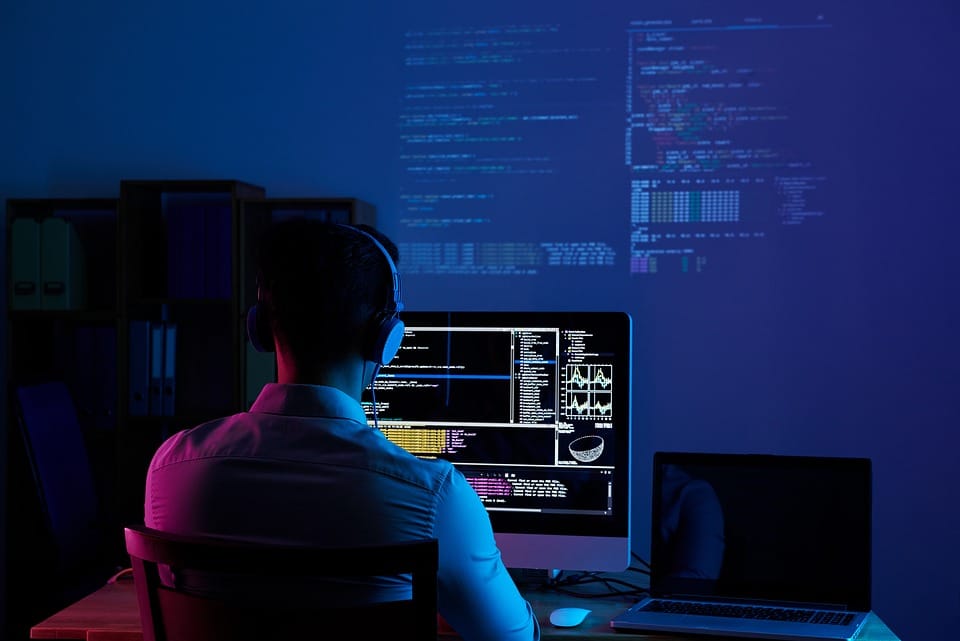In recent years, virtual reality (VR) technology has made significant advancements and is now being integrated into various fields, including education. Virtual reality offers immersive experiences that engage students in ways that traditional learning methods cannot match. This article will explore how VR is revolutionizing education and changing the way students learn.
Isi Kandungan
Benefits of Virtual Reality in Education
Virtual reality provides a unique learning experience that allows students to engage with the material in a 3D environment. This immersive approach can improve student engagement, retention, and overall understanding of the subject matter.
One of the main benefits of virtual reality in education is the ability to simulate real-world scenarios. For example, medical students can practice surgical procedures in a virtual environment, engineering students can design and test prototypes, and history students can explore ancient civilizations first-hand. This hands-on approach enhances learning and gives students practical experience that is difficult to replicate in a traditional classroom setting.
Examples of Virtual Reality in Education
There are many examples of virtual reality being used in education to enhance learning. One popular application is virtual field trips, where students can visit historical sites, explore the solar system, or dive into the depths of the ocean without leaving the classroom. This allows students to have experiences that would otherwise be impossible due to cost, distance, or safety concerns.
Another example is virtual labs, where students can conduct experiments in a virtual environment. This is particularly useful for subjects like chemistry and biology, where conducting experiments in a traditional lab may be expensive or dangerous. Virtual labs allow students to practice skills and conduct experiments in a safe and controlled environment.
Challenges and Considerations
While virtual reality has many benefits for education, there are also challenges and considerations that need to be addressed. One challenge is the cost of implementing VR technology in schools. VR headsets and software can be expensive, and not all schools have the budget to invest in this technology.
Another consideration is the need for training and support for teachers. Using virtual reality in the classroom requires a different skill set than traditional teaching methods, and teachers may need training to effectively integrate VR into their lessons.
Conclusion
Virtual reality has the potential to revolutionize education by providing immersive learning experiences that engage students in new and exciting ways. While there are challenges to overcome, the benefits of using VR in education are clear. As technology continues to advance, we can expect to see virtual reality play an increasingly important role in the classroom.
FAQs
Q: How can virtual reality be used in education?
A: Virtual reality can be used in education for virtual field trips, virtual labs, simulations, and interactive learning experiences.
Q: What are the benefits of virtual reality in education?
A: The benefits of virtual reality in education include improved student engagement, retention, and understanding of the material, as well as the ability to simulate real-world scenarios.
Q: What are some challenges of using virtual reality in education?
A: Challenges of using virtual reality in education include the cost of implementing VR technology, the need for teacher training, and potential technical issues.
